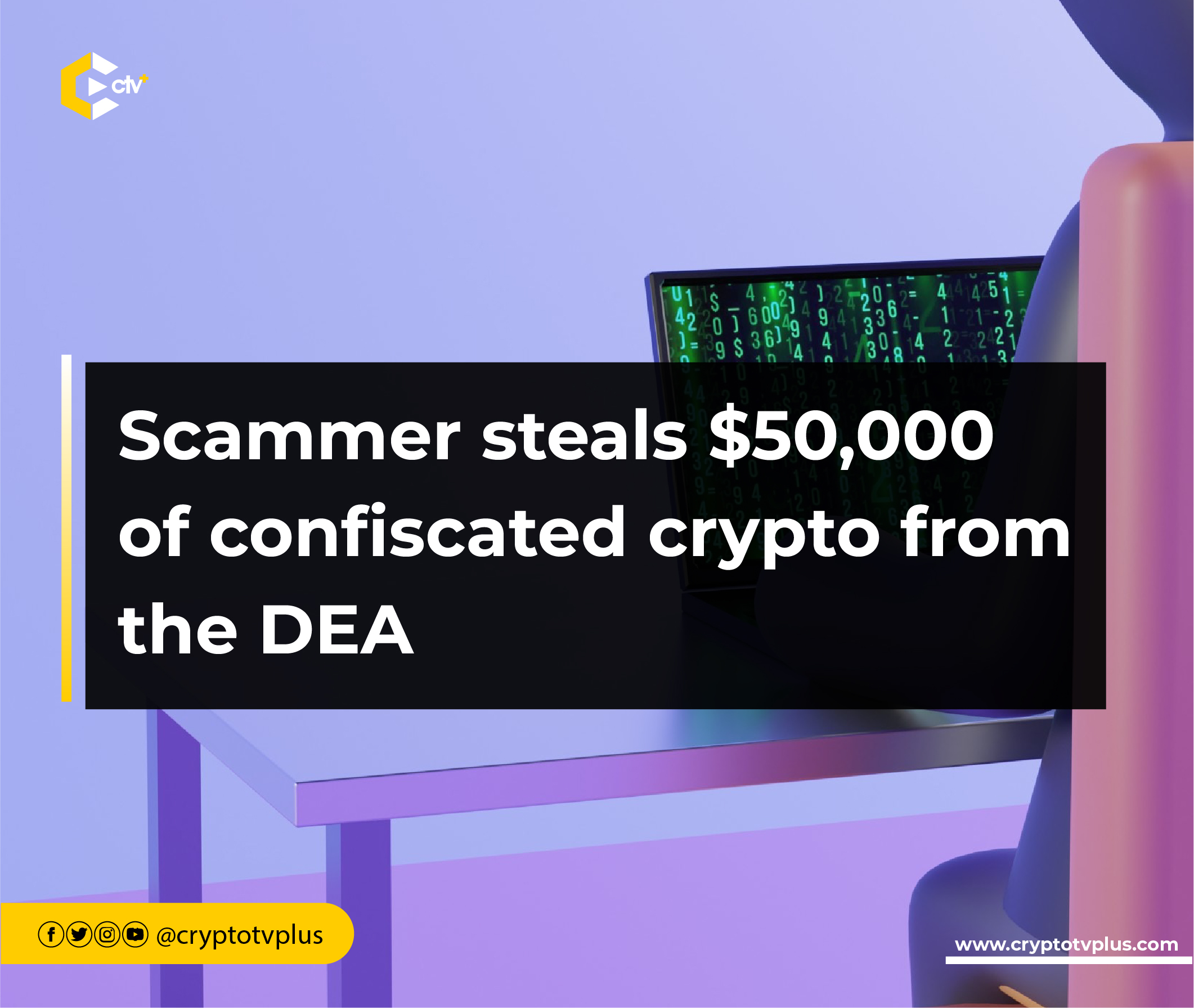News
Scammer steals $50,000 of confiscated crypto from the DEA

A scammer has swindled the DEA to the tune of over $50,000 in cryptocurrency. The scammer used a new method of tracking, airdropping, and deceit to steal part of the confiscated crypto from the US agency.
The DEA stands for the Drug Enforcement Administration. It is a federal law enforcement agency under the United States Department of Justice.
The DEA’s primary mission is to combat the trafficking and distribution of illegal drugs and controlled substances within the United States and across its borders.
According to the report of the incident, a scammer was monitoring the blockchain address of the DEA, which contains over $500,000 worth of cryptocurrencies it seized in May this year.
The confiscated funds are linked to two Binance accounts. These accounts were under suspicion for channeling illegal profits from narcotics.
The DEA then secured the funds in accounts they controlled, stored them in a Trezor hardware-based wallet, and kept them in a secure facility.
How it happened
The Scammer noticed that the DEA sent a test amount of $45.36 to the United States Marshals Service to kickstart the process of forfeiture.
Following that, the scammer created a similar crypto address that looked like that of Marshall with the same first five and last four characters, which dropped into the DEA’s account.
It also sent a fake token as an airdrop to the account to affirm the transaction between the DEA and the Marshall.
With good look-alike features like an exact beginning set of characters and last characters and an amount of token with a figure, the DEA transferred $50,000 to the address.
The scammer successfully deceived the DEA, gaining a transaction of slightly over $50,000.
The Marshals detected the fraud and informed the DEA, which then contacted Tether operators to freeze the fake account before the scammer could withdraw the cryptocurrency. However, the funds had already been moved by that point.
Collaborating with the FBI, the DEA followed the converted funds to Ethereum and traced their transfer to a new wallet.
The investigators found that two Binance accounts had been paying for the scammer’s transaction fees on the Ether network, but the user’s identity remained undisclosed.
Similar scenario
In a tweet by CZ, CEO of Binance, he noted that a similar scam was initiated by one of its customers, who fell for it but was able to alert Binance, which froze the stolen asset worth $20 million.
He noted that “scammers are so good now that they generate addresses with the same starting and ending letters, which is what most people check for when doing a crypto transfer.”
Then they send “small transactions to your address to make them appear in your wallet.” He said that when the wallet owner tries to send to the correct address, “you might accidentally select the wrong one from your transaction history.”
This new method of stealing is on the rise, as crypto users are advised to be cautious when they send tokens from one address to another.
Read also; FIBA launches first NFT on Polygon

























7 Comments